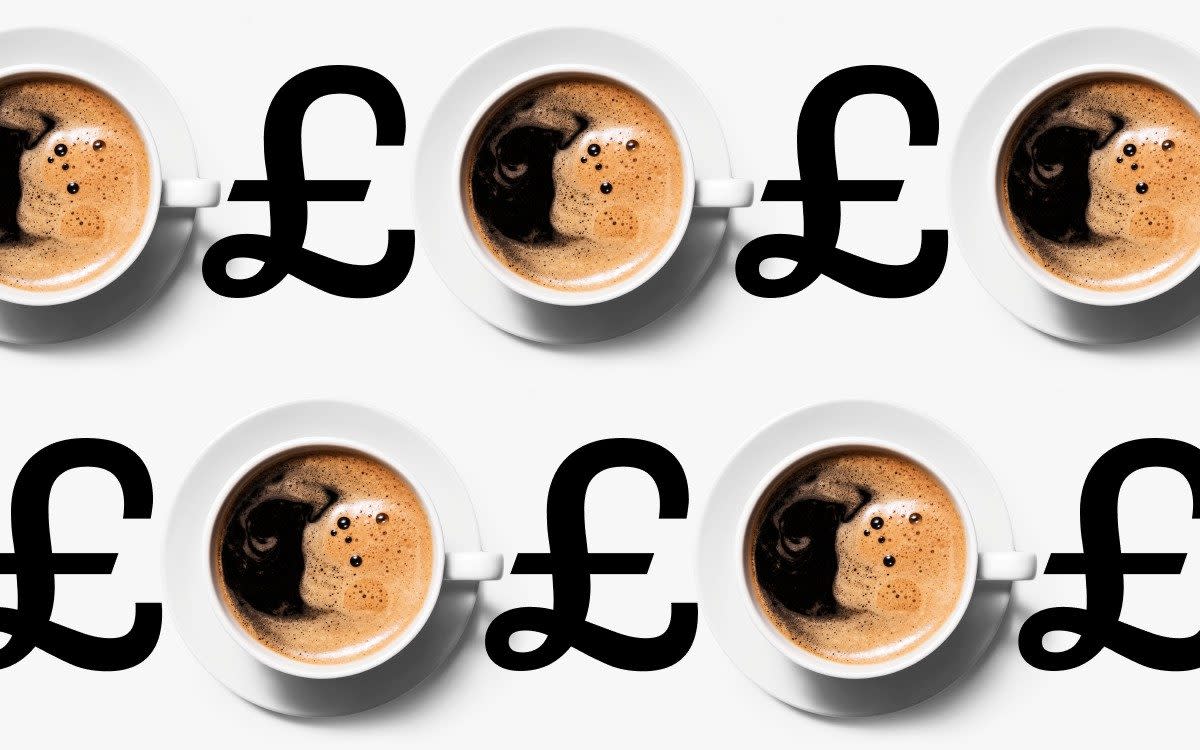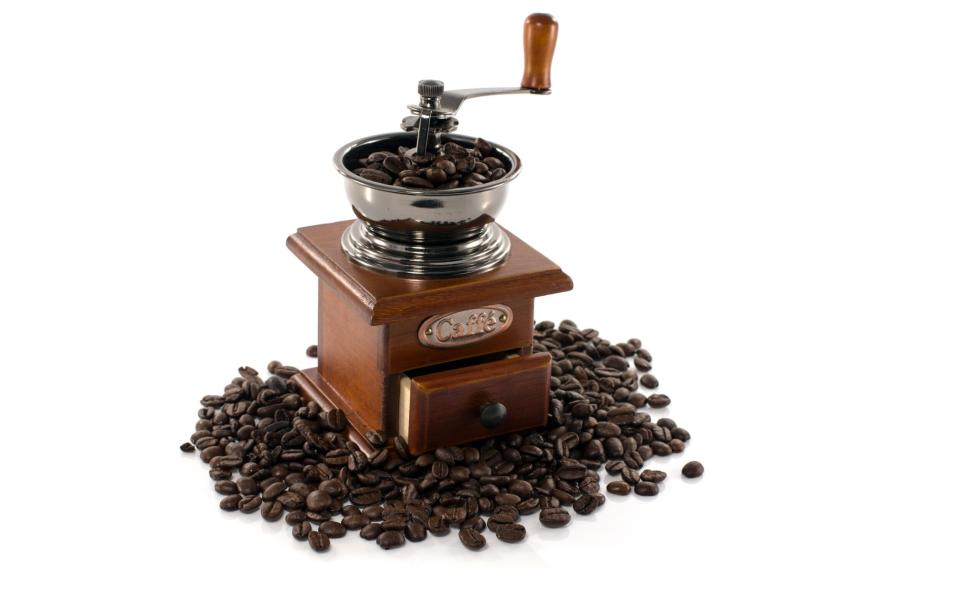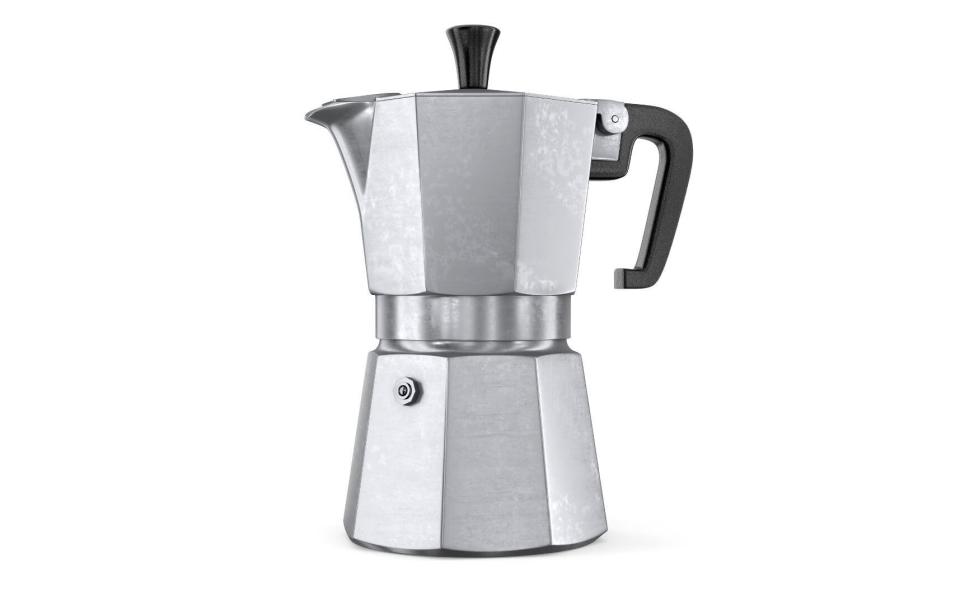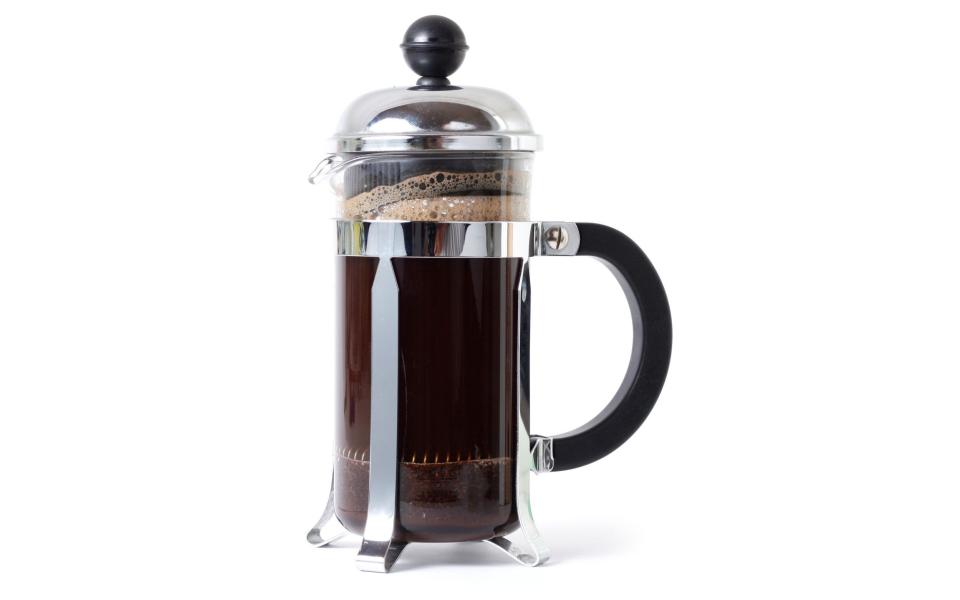Clever ways to make your coffee habit more affordable


A delicious cup of coffee is one of life’s great pleasures but these days it can leave a bitter aftertaste. The cost of a takeaway brew is heading towards £5, so getting a daily caffeine fix from a café can set you back hundreds of pounds a year.
It’s not that coffee shop owners are getting richer: a perfect blend of factors is driving up their costs, including the price of coffee beans. The impact of climate change and extreme weather in coffee-growing countries such as Brazil and Ethiopia, plus an increasing worldwide thirst for coffee, has led to bean shortages and higher prices.
Then there’s the value of other components in a brew, which have also been bubbling up due to inflation and the war in Ukraine. Energy high street rents, milk, sugar, packaging, equipment and labour costs have all skyrocketed in the past few years.
So, making coffee at home is a great way to get your caffeine hit while keeping your spending in check. But how do you make a café-quality cup, for less? We asked the experts for their cost-saving tips.
The coffee
Good coffee requires good beans – as a general guide, if the packet specifies the exact place within a country that the coffee comes from, a particular farm or co-operative, that’s an indication it’s good quality.
Supermarket vs specialty beans
Coffee sold at supermarkets is by far the cheapest and fine if you don’t mind compromising on flavour. Bear in mind that the packets carry best-before dates but this doesn’t guarantee the coffee is fresh; in fact, it may have been roasted and ground as long ago as two years ago, and much of the flavour may have been lost.
For a cup that rivals the taste of your favourite artisan takeaway, buy beans from a local café and ask the barista to grind them for you if you don’t have a grinder. Better still, buy coffee from an online roastery. “They’re likely to have been roasted very recently,” says Tim Ridley, founder of United Baristas.
Quality ground or whole beans from a specialty café or roastery will set you back £8-£16 for a 250g bag, says Ridley, significantly more than the £3-£6.50 supermarket options. But even using the most expensive specialty coffee you can make a quality brew at home for 50p-£1 per cup, a fraction of the price of a mediocre takeaway.

Buy beans whole
Buying whole beans and grinding them yourself, or getting them freshly ground by a barista, really does make a difference, says Maxwell Colonna-Dashwood, former UK barista champion and founder of Colonna Coffee, which has a shop in Bath. “Beans that you grind yourself are definitely tastier than pre-ground coffee.” That’s because once you open a pre-ground coffee packet, the race is on to use it all before the flavour dissipates.
Taking out a monthly subscription is cheaper than buying coffee piecemeal in small packets, as is buying in bulk – there you can save 25 per cent or more. “And coffee beans store really well in the freezer,” Colonna-Dashwood explains. “Take out 200g and work your way through that, and then take out more as you need it.” If your freezer’s full, just keep beans in an airtight container in a dark place.
What about instant?
Though many people enjoy the taste and convenience of instant coffee, even the best granules can’t compete with the rich flavour of coffee brewed with freshly roasted beans. Quality coffee bags, which work like tea bags, might be a tastier option – the Taylors of Harrogate brand is worth trying, Ridley suggests.
The equipment
If you buy whole beans you’ll need a grinder, and this is potentially pricey territory if you want to make quality coffee at home. “Grinders can be pricey, but if you drink a lot of specialty coffee and you have the budget, it could be worth the investment,” Ridley says.

Experts agree that burr grinders are better than blade grinders, as they grind beans to a consistent texture and make tastier coffee. Ridley uses a Niche Zero, which costs a hefty £538.00. You could set aside your café-coffee budget for a few months and buy one; it will last for years and might make financial sense if you buy lots of takeaway from specialty coffee shops. “It’s durable – I’ve been using mine twice a day for 10 years, maybe more,” Ridley says, “and it’s suitable for filter coffee or espresso.”
For more economical options Ridley recommends the Fellow Ode Brew Grinder (£159) or the Wilfa Svart (£135). Both are suitable for most coffee-making methods except espresso.
Weigh to keep costs down
An unlikely money-saving appliance is a set of scales (those you use for baking are absolutely fine). Weighing out your coffee and water will reduce coffee wastage, save you money and ensure you get the proportions right, says Freda Huan, head of coffee at Origin Coffee.
Cafés generally use 15g of coffee per 250g (250ml) of water. “If you just scoop the coffee into your coffee maker without weighing it, you’ll end up using more than you need,” Huan says. This tip alone could save you many packets of wasted coffee every year.
The coffee-making method
Filter coffee
Filter coffee, or pour-over, is on-trend at speciality cafés and appeals to coffee lovers who really want to appreciate the flavour of the beans. Milk generally isn’t added to filter coffee and no expensive equipment is needed, so it’s just about the cheapest way to make good coffee at home that there is.
There are different kinds of brewers to choose from, including the V60, Chemex, Melitta and Kalita. These vary slightly in shape and detail but work in the same way: you set the brewer over a jug or cup, line it with a paper filter and add your ground coffee. All you have to do is pour over freshly boiled water and wait for the coffee to drip through.
Espresso and milky drinks
If you’re a fan of espresso or espresso-based milky drinks such as flat whites and café lattes, you need short intense shots of coffee. But it’s possible to make them at home without shelling out for an expensive espresso machine.
Huan recommends a traditional Italian moka pot, a cheap stop-top or electric device that brews coffee by passing hot water driven by vapour pressure through ground coffee. Moka pot coffee is close in style to coffee-shop espresso, but it comes at a fraction of the price: a 6-cup authentic Bialetti moka pot costs around £40.

Be sure to use ‘espresso beans’, which have been darkly roasted. “They tend to be more soluble, so you can get more coffee out of them,” Huan says. “For the same reason, make sure they’re finely ground. That way you will still taste the coffee if you’re adding milk.” Just dilute moka pot coffee with freshly boiled water for an Americano.
To make foamy milk for your milky drinks there’s an easy hack. Pour your milk into a jar (around 120ml of milk for every 30ml of espresso is a common ratio), making sure it comes no more than halfway up the sides. Screw the lid on and shake vigorously for 45 seconds. Remove the lid and heat the milk uncovered in the microwave on high for 30 seconds – this will stabilise the foam. Pour the milk over hot coffee and spoon over the foam.
AeroPress and French press (cafétiere or plunger)
AeroPress is an inexpensive single-cup brewer (price start from around £35) that forces coffee through a thin paper filter directly into a cup to make espresso-style coffee. A French press, which costs as little as a few quid, uses a similar technique but makes larger volumes. Both brew excellent coffee, which can be as strong or weak as you prefer.

“You can increase the concentration of the coffee by stirring it quite a bit after you add the water, and then leaving it to brew for longer,” Huan explains. Again, finely ground espresso beans work best for intense coffee and milky coffee drinks.
Coffee pods
Connoisseurs used to be sniffy about coffee pods but the quality (and eco-friendliness) has improved. They can be pricey – top-of-the-range pods can cost £1.50 per each or more – but, again, buying bulk, in bundles of a few boxes, or taking out a monthly subscription, can save you 20 per cent or more. “Bear in mind you might need two pods per cup to get the strength of a café-quality beverage like a flat white, as double shots are standard in most places,” Colonna-Dashwood says.
Pod machines range from £35 to several hundred pounds but it’s worth shopping around; some online coffee retailers, including Colonna, include a pod machine in the price of a subscription.
Coffee grounds – to use or not to reuse
Aficionados advise against using ground coffee more than once. Most of the flavour is extracted the first time round, so used grounds make coffee that tastes bitter and unpleasant. But much does depend on how you’ve brewed your coffee in the first place. Coffee grounds can be used twice in a moka pot; the second brew will be much weaker but drinkable.
How to make coffee liqueur
If you enjoy alcohol, the best drink to make with used grounds is coffee liqueur.
Mix together 250g of used coffee grounds and 250g of sugar (any kind) until well combined.
Cover and leave overnight: you’ll be left with a dark brown sludge.
Add 250ml freshly boiled water and stir well.
Pour through a paper coffee filter or a strainer lined with muslin or an unused j-cloth to separate the liquid and the grounds.
Mix the liquid with 250ml vodka and serve over ice.

